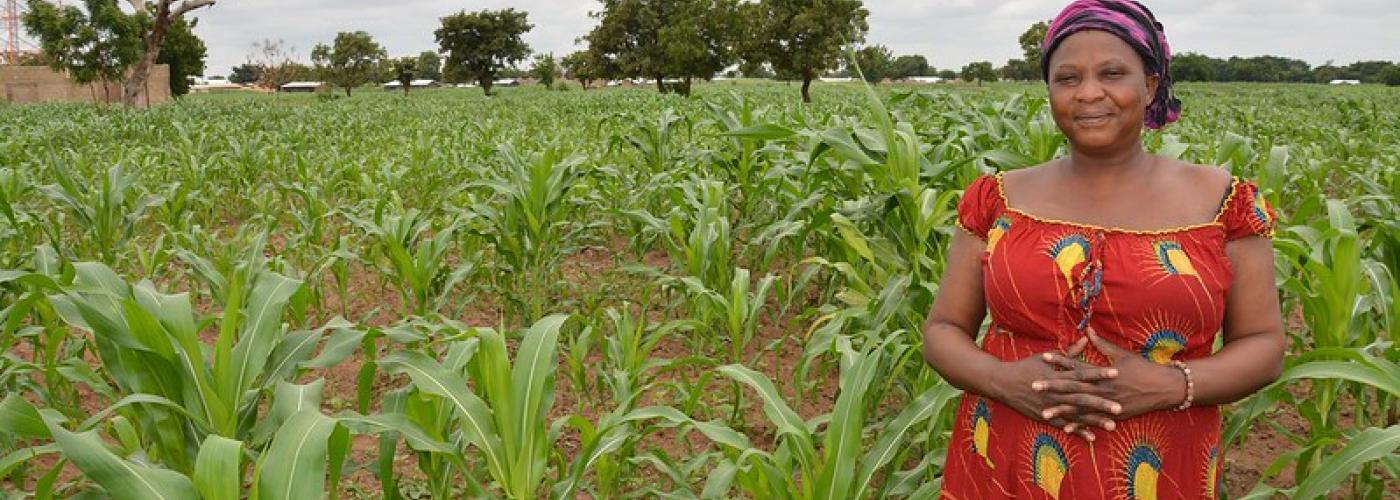Practical Tools and Frameworks for Measuring Agency in Women's Economic Empowerment
Image

This resource was originally posted by SEEP and was written by Mansi Anand, Anna Mecagni, and Maryam Piracha.
There is increasing interest from economic programs to better understand, measure, and capture agency across interventions in order to more deliberately pursue women’s economic empowerment. Yet, there are many challenges in integrating agency in program planning and design, and specifically in measuring its impact.
The objective of this brief is to identify and analyze the different techniques practitioners use to measure agency in programs that promote WEE. The brief is practitioner-led, with a focus on finding promising practical frameworks and tools; indicators, research techniques, and results; and lessons and good practices in measuring agency.
This brief is relevant for a wide spectrum of audiences, from those already dedicated to agency as a topic to those just now considering how to adopt elements of agency measurement, and it provides guidance on what indicators and questions are relevant. It will provide frameworks and tools that have been tried and tested, with insights on learnings, good practices, and challenges. Our goal is to provide tips and lessons on how agency can be captured.
The brief serves as a starting point for practitioners from a range of development programs and practices, including monitoring and evaluation, program management, and implementation teams. The information comes from peers with practical experience in measuring agency and applying the results to improve program outcomes.

